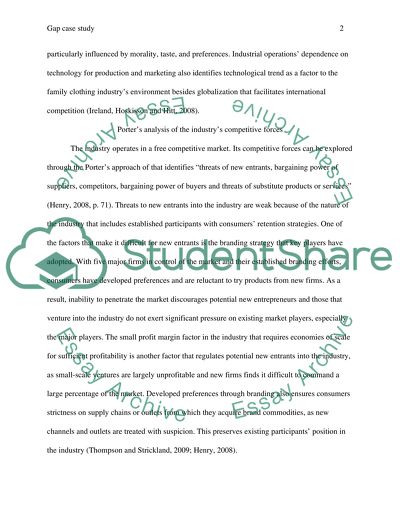Cite this document
(“Gap Case Study- Analysis current strategy Essay”, n.d.)
Gap Case Study- Analysis current strategy Essay. Retrieved from https://studentshare.org/marketing/1457385-gap-case-study-analysis-current-strategy
Gap Case Study- Analysis current strategy Essay. Retrieved from https://studentshare.org/marketing/1457385-gap-case-study-analysis-current-strategy
(Gap Case Study- Analysis Current Strategy Essay)
Gap Case Study- Analysis Current Strategy Essay. https://studentshare.org/marketing/1457385-gap-case-study-analysis-current-strategy.
Gap Case Study- Analysis Current Strategy Essay. https://studentshare.org/marketing/1457385-gap-case-study-analysis-current-strategy.
“Gap Case Study- Analysis Current Strategy Essay”, n.d. https://studentshare.org/marketing/1457385-gap-case-study-analysis-current-strategy.


